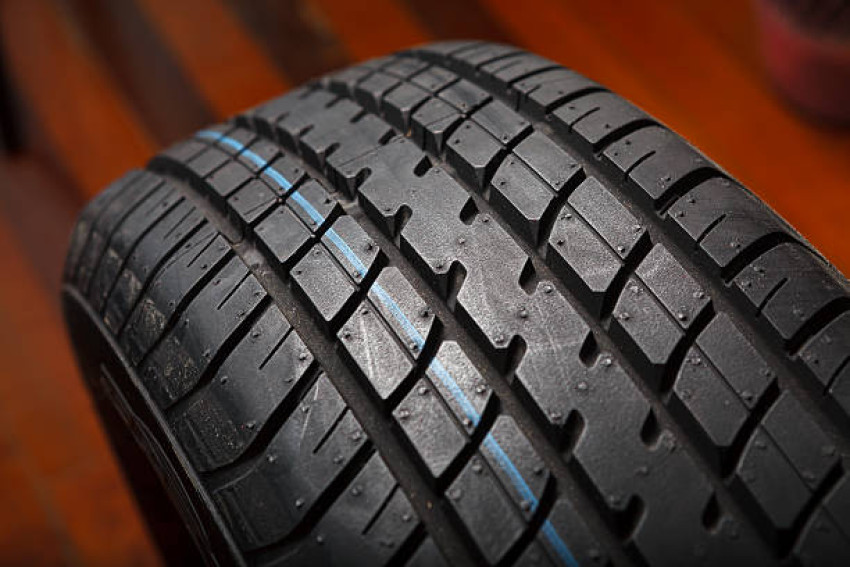
Car Tyres Darlington is an essential component of any vehicle, serving as the sole point of contact between the vehicle and the road surface. The importance of tyres cannot get overstated, as they directly influence the safety, performance, and fuel efficiency of the vehicle. However, many drivers often overlook tyre maintenance and care, leading to potential risks on the road. In this comprehensive article, we will provide valuable tips and advice to help you make informed decisions when it comes to choosing, maintaining, and replacing tyres for your vehicle.
- Choosing the Right Tyres
Selecting the appropriate tyres for your vehicle is crucial for optimal performance and safety. With so many alternatives on the market, it might be difficult to choose the best one. Here are some things to think about while selecting the proper tyres:
a. Tyre Size and Type: Always adhere to the manufacturer's recommended tyre size and type for your vehicle. Different vehicles require specific tyre dimensions to maintain proper balance, handling, and load capacity. Refer to the vehicle owner's manual or the tyre placard on the driver's side door jamb for the correct specifications.
b. Tyre Tread Pattern: The tread pattern plays a significant role in a tyre's grip on different road surfaces. For general driving conditions, all-season tyres with a balanced tread pattern are usually suitable. However, if you live in an area with extreme weather conditions, consider investing in winter or summer tyres accordingly.
c. Load Capacity and Speed Rating: Check the load capacity and speed rating of the tyres to ensure they can handle the weight of your vehicle and meet your driving needs. The load capacity is usually indicated by a numerical value on the sidewall, representing the maximum weight the tyre can support. The speed rating indicates the maximum speed at which the tyre is safe to operate.
d. Tyre Label Information: Look for the EU Tyre Label on the tyre, which provides information on fuel efficiency, wet grip, and external rolling noise. A higher fuel efficiency rating and wet grip performance are desirable for better fuel economy and enhanced safety on wet roads.
- Tyre Pressure and Maintenance
Maintaining proper tyre pressure is crucial for safety, fuel efficiency, and tyre longevity. Here are some important tyre maintenance hints:
a. Regularly Check Tyre Pressure: Monitor tyre pressure at least once a month and before embarking on long journeys. Underinflated tyres can lead to poor fuel economy, reduced handling, and increased wear. Overinflated tyres can result in a harsh ride and uneven tyre wear.
b. Wheel Alignment: Ensure your vehicle's wheel alignment is regularly checked to avoid uneven tyre wear and handling issues. Misaligned wheels can cause the vehicle to pull to one side and result in irregular tyre wear.
c. Tyre Inspection: Regularly inspect your tyres for signs of damage, cuts, bulges, and excessive wear. Look for any nails or objects embedded in the tyre tread that could lead to punctures. If you notice any abnormalities, consult a professional mechanic immediately.
- Driving Habits and Tyre Longevity
Driving habits can have a significant impact on tyre longevity and performance. Here are some tips to preserve the life of your tyres:
a. Smooth Driving: Avoid sudden braking, hard acceleration, and aggressive cornering, as these can accelerate tyre wear. Smooth driving not only extends the life of your tyres but also improves fuel efficiency.
b. Load Management: Do not overload your vehicle, as excessive weight puts extra strain on the tyres and may lead to premature wear. Check the vehicle's maximum load-carrying capacity and adhere to it.
c. Avoid Potholes and Obstacles: Hitting potholes or driving over sharp objects can damage your tyres, causing punctures or cuts. Be attentive to the road conditions and avoid obstacles whenever possible.
d. Maintain Safe Following Distance: Maintaining a safe following distance from the vehicle in front of you allows for better reaction time and reduces the risk of sudden braking, which can lead to increased tyre wear.
- Seasonal Tyre Changes
For regions experiencing distinct seasons, it is advisable to switch to appropriate tyres to suit the weather conditions. Here are the two types of seasonal tyres:
a. Winter Tyres: Designed with a different rubber compound to remain flexible in cold temperatures, winter tyres offer better traction on icy and snowy roads. Install winter tyres before the onset of winter and revert to all-season or summer tyres in milder months.
b. Summer Tyres: Summer tyres get optimized for warm weather and provide better performance on dry and wet roads. Use summer tyres during the warmer months and switch to winter or all-season tyres in colder weather.
Conclusion
Tyres are a critical aspect of road safety and vehicle performance. By following the tips and advice provided in this article, you can make informed decisions when choosing, maintaining, and replacing your tyres. Regular maintenance, proper tyre selection, and safe driving habits will not only enhance your driving experience but also extend the life of your tyres, ensuring a safer and smoother journey on the road. Remember to consult a professional mechanic for any tyre-related concerns and adhere to the manufacturer's recommendations for optimal performance and safety. Taking care of your Continental Tyres Darlington ensures that you get the best out of your vehicle, maintain safety for yourself and others, and save money in the long run.



